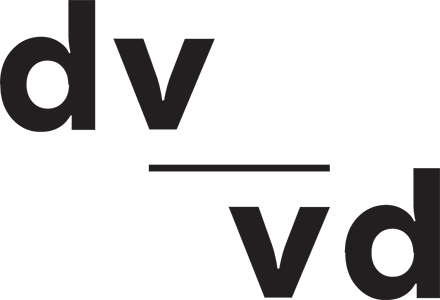Magnétisme
On February 13, 2020, at 7 pm
The program will start at precisely 7 pm. A cash bar service will be available from 6 p.m. Arrive early, seats are limited! Spectators will be let in on a first come first served basis.
Presented as part of the exhibition Magnetic Sequences, co-organized by Artexte and Vidéographe, this program highlights the often hypnotic nature of video art from the 1970s. Binamé and Boyer exploit the pure abstraction of the video signal through feedback in crazy and fragile forms. Like Boyer with his boyétizeur, Razutis developed his own tools — synthesizer and optical printer — to create film/video hybrids. He also offers us, in a way similar to that of Rahn, a delirium of colors that transcend reality. Finally, Martin indulges in a slow degradation of the image by re-recording, dissolving a dancer into pure disembodied movement.
PROGRAM
(Prepared by Karine Boulanger)
Charles Binamé, Réaction 26 (1971) — 4 min.
Richard Martin, Métamorphoses (1972) — 29 min.
David Rahn, Fireworks (1978) — 8 min.
Jean-Pierre Boyer, Vidéos inédits (197?) — 10 min.
Al Razutis, Vortex (1972) — 14 min.
Charles Binamé
After a career in documentary film and then advertising, Charles Binamé’s work is now devoted to directing feature films and fiction series. In 1991, he directed his first film, Un autre homme, followed by the series Blanche, after which came C'était le 12 du 12 et Chili avait les blues and Eldorado. In 2006, he received the Jutra prize for best documentary for Gilles Carles ou l'indomptable imaginaire. In 2007, he filmed Le piège américain, starring Rémy Girard as the famous criminal Lucien Rivard. His award-winning films and series have been presented at several numerous international festivals.
Richard Martin
Composer and performer Richard Martin began his studies at the University of Montreal in 1965. At the end of the 1960's, he discovered the musical works of John Cage and moved to the United States to pursue studies with Alvin Lucier. Together with Robert Ashley and Pauline Oliveros, all students of Mills College in Oakland, California, Martin discovered the potential of video in the early seventies. During this period, his work was mostly concerned with the environment. In 1972, he returned to Montreal where he experienced difficulty reintegrating himself into the music faculty of the Université de Montréal. He then became in charge of the audio-visual department at the Cegep du Vieux-Montréal.
David Rahn
Artist David Rahn has been involved with Vidéographe, Véhicule Art (Montreal) and A Space (Toronto). He is one of the co-founders of PRIM (1981) with Robert Morin and Roisin Mooney. He worked with marshalore and Jean-Pierre Boyer, among others. He was mainly interested in video image processing.
Jean-Pierre Boyer
A Quebec pioneer of experimental video and inventor of the ‘Boyétizeur Anamorphique’ (1974), Jean-Pierre Boyer was an associate professor at the École des médias at UQÀM, where he taught for more than 20 years. As a researcher and co-founder of the Centre de recherche en imagerie populaire (CRIP-UQÀM), he is also interested in iconographic and discursive production within social movements in Quebec and around the world. As an artist-citizen, he has produced several experimental video works and documentaries (1972-2002), has been involved in defending political prisoners and civil liberties in Quebec (Mémoire d’octobre, 1979), and has created an interactive ‘shamanic’ video sculpture entitled Totem d'humanité (2002). In the autumn of 2013, a retrospective of his works was held at the Cinémathèque québécoise.
Al Razutis
Al Razutis is a multidisciplinary artist, educator and innovator in motion-picture film and video, holographic art and technologies, stereoscopic 3D video art, and digital graphics for websites and interactive 3D animation. Educated in physics and chemistry, his artistic research and applied techniques span five decades. His avant-garde films continue to be presented internationally and are the subject of several publications and interviews.
Dazibao thanks the artists and Vidéographe for their generous collaboration as well as its advisory programming committee for its support.
Dazibao receives financial support from the Conseil des arts et des lettres du Québec, the Canada Council for the Arts, the Conseil des arts de Montréal, the Ministère de la Culture et des Communications and the Ville de Montréal.
Dazibao acknowledges that we are located on unceded territory of the Kanien'kehá: ka Nation and that Tiohtiá: ke / Montreal is historically known as a gathering place for many First Nations, and today, is home to a diverse population of Indigenous as well as other peoples.



